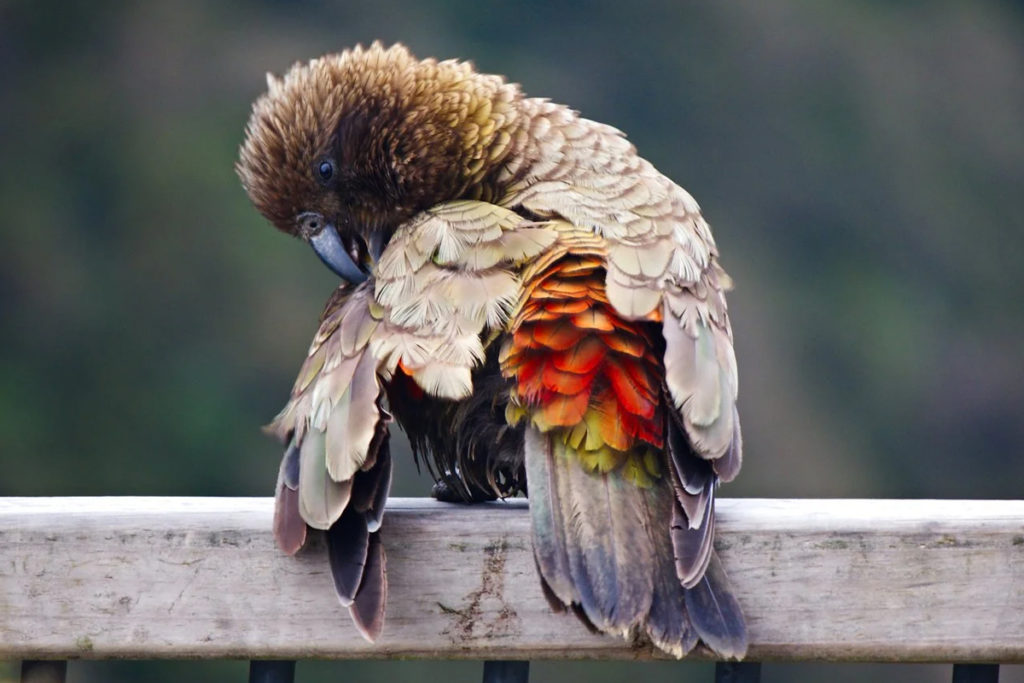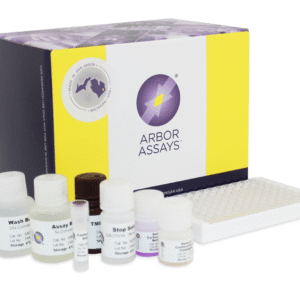Saving the Kea
Kea Nestor notabilis, otherwise known as kea, is an endangered alpine parrot species from New Zealand. The Cincinnati Zoo, an institution that participates in the Kea Species Survival Plan, has been successfully breeding, rearing, and hatching chicks on site for many years. Over the past decade, the Cincinnati Zoo has experienced episodes of high numbers of kea deaths due to illness outbreaks. This has prompted researchers at the Center for Conservative and Research of Endangered Wildlife to question if these outbreaks could have been anticipated. To answer this question, the researchers sought to monitor the concentration of fecal glucocorticoid metabolites (fGCMs) in kea feces. They suspected that the prolonged activation of the hypothalamic-pituitary-adrenal (HPA) axis might be linked to illness onset and then death.
Until now, kea hormone analysis studies are lacking. However, in a recent study (https://www.jzar.org/jzar/article/view/654/417), Donelan et al. established a protocol for extracting fGCMs from kea feces and measured the concentrations using a corticosterone enzyme immunoassay. This protocol was established using 96-well plates, pre-coated with Arbor Assays goat-anti-rabbit IgG antibody (catalog number A009). Following validation, the immunoassay was used to assess if sustained HPA action, indicated by fGCM concentration, was evident prior to the illness outbreak. Subsequently, it was also utilized to evaluate the potential impact of other factors (sex, age, season); more specifically, heat, as kea are an alpine species and not used to living in elevated temperatures.
The corticosterone EIA assay was successful in assessing fGCMs concentrations in kea feces, but the data collected did not appear to support the hypothesis that chronic activation of the HPA axis, or even short-term stressor events, were predisposing the birds to illness. The data did show however that kea exhibited consistently elevated fGCMs after the onset of symptoms from the illness. Interestingly, seasons had no impact on fGCMs as initially hypothesized and physical signs of heat stress among kea did not translate to higher fGCM concentrations. This study makes the case for utilizing fCGMs concentration analysis as a tool for assessing the management of these parrots. Still, conclusions cannot be made based on corticosterone alone. Biomarkers for heat stress should also be monitored in avian species.
Featured Products
-
In Stock
Goat anti-Rabbit IgG
$66.56 – $1,723.81An affinity purified Goat Antibody to Rabbit IgG, Fc region



